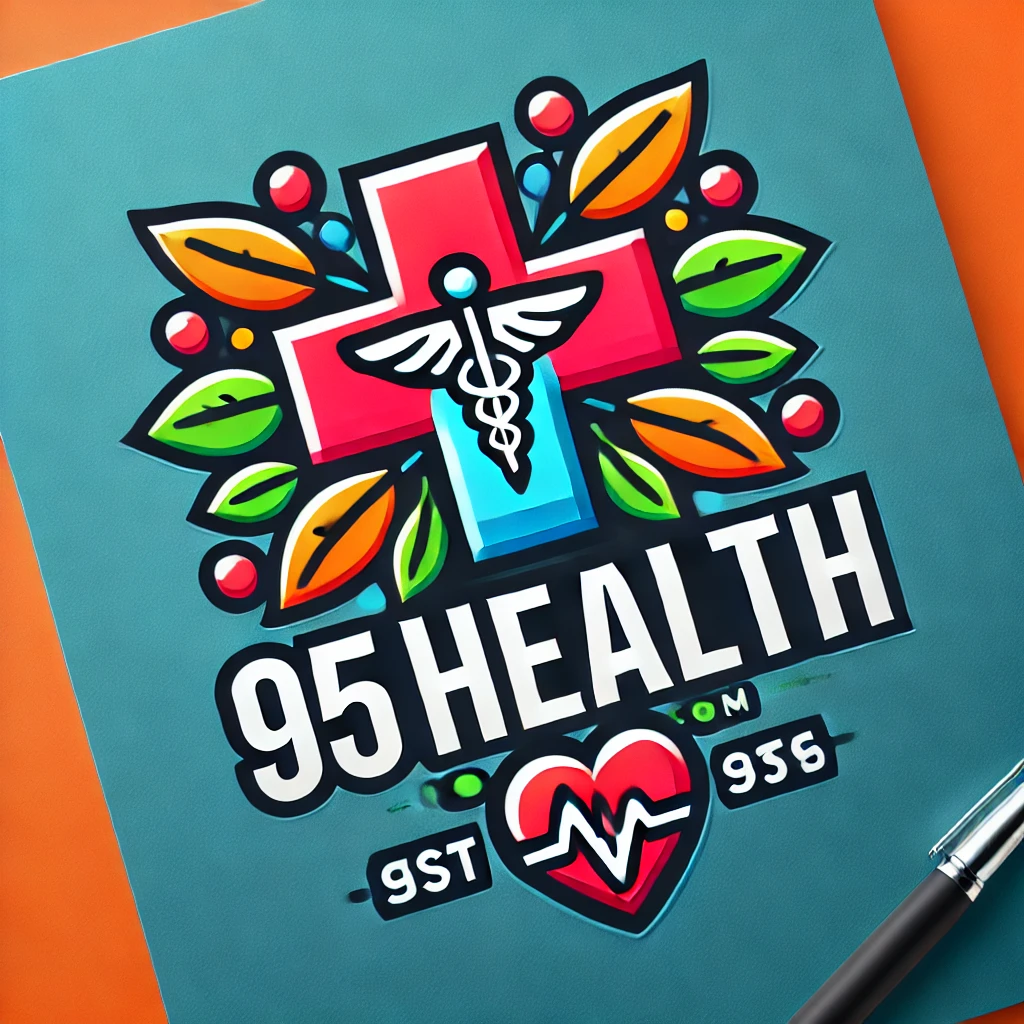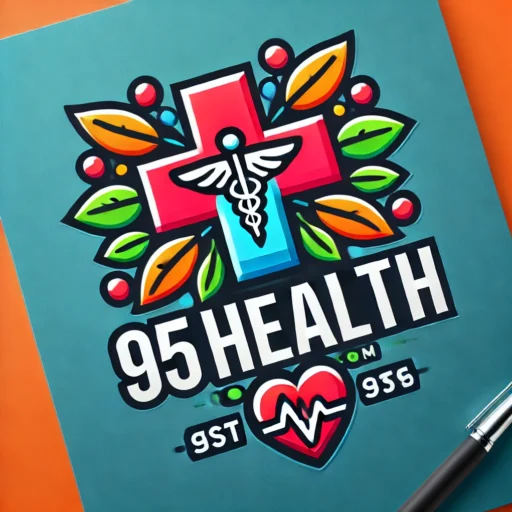Understanding the Human Plague: Treatment and Symptoms
The human plague, including its most notorious form, the bubonic plague, continues to be a public health concern. The recent Washington Post article highlights the critical aspects of plague treatment and symptoms. The plague is caused by the bacterium Yersinia pestis, transmitted through flea bites or contact with contaminated animals.
Symptoms
- Bubonic Plague: Characterized by swollen lymph nodes (buboes), fever, chills, and headaches.
- Septicemic Plague: Involves bloodstream infection, leading to bleeding issues and skin turning black.
- Pneumonic Plague: Affects the lungs, causing severe respiratory symptoms.
Treatment
Early diagnosis and antibiotic treatment are vital for survival. Common antibiotics include streptomycin, gentamicin, and doxycycline. Supportive care in hospitals ensures better recovery outcomes.






🌿 Wow, this article is an absolute gem! 💎 It provides such clear insights into the human plague, its symptoms, and treatments. 🦠🧬 The information is well-researched and easy to understand. Thanks for spreading awareness on such a critical topic! 🌟 Keep up the great work! 🌱